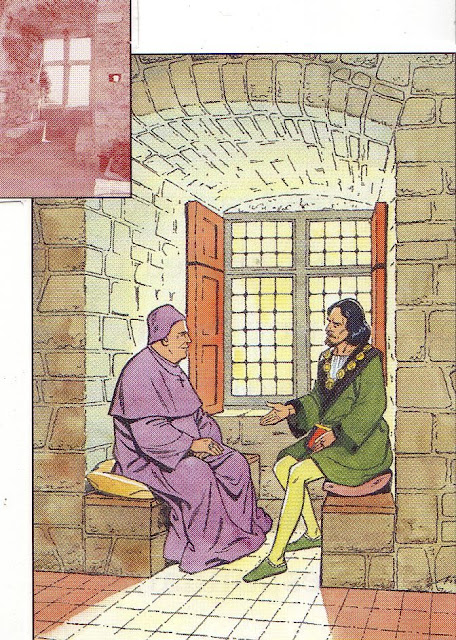Château of Roquebrune - the Fort - 2
Happy Valentine's Day! A glass of champagne awaits you on Monte Carlo Daily Photo.
one of the most beautiful towns on the French Riviera
Posted by
Jilly
at
09:12
11
comments
![]()
Posted by
Jilly
at
13:43
9
comments
![]()
Posted by
Jilly
at
08:11
17
comments
![]()
Posted by
Jilly
at
14:17
18
comments
![]()
Posted by
Jilly
at
11:38
12
comments
![]()
Posted by
Jilly
at
19:28
11
comments
![]()
Posted by
Jilly
at
08:30
8
comments
![]()

Posted by
Jilly
at
17:26
37
comments
![]()
Posted by
Jilly
at
12:50
6
comments
![]()
Posted by
Jilly
at
14:48
15
comments
![]()
 You'll see the entry to the prison in the photograph below. Tomorrow? The Archers' Room which was dug out of the puddingstone mass. Here you'll see where the soldiers slept.
You'll see the entry to the prison in the photograph below. Tomorrow? The Archers' Room which was dug out of the puddingstone mass. Here you'll see where the soldiers slept.
Posted by
Jilly
at
06:47
17
comments
![]()

Posted by
Jilly
at
08:47
14
comments
![]()
Posted by
Jilly
at
08:15
8
comments
![]()
Posted by
Jilly
at
08:16
51
comments
![]()
Labels: Daily Photo Theme Day:
Posted by
Jilly
at
12:16
6
comments
![]()

Posted by
Jilly
at
18:02
11
comments
![]()
Posted by
Jilly
at
18:26
17
comments
![]()
Posted by
Jilly
at
07:26
11
comments
![]()
Posted by
Jilly
at
18:00
5
comments
![]()
Posted by
Jilly
at
13:10
9
comments
![]()
Posted by
Jilly
at
11:00
17
comments
![]()
Labels: Ports and Yachts
Posted by
Jilly
at
15:11
14
comments
![]()
Labels: Ports and Yachts
Posted by
Jilly
at
12:48
12
comments
![]()
Posted by
Jilly
at
18:40
9
comments
![]()
Posted by
Jilly
at
16:59
8
comments
![]()
Labels: Hotels, Restaurants and Bars, Villages near to Menton: Roquebrune-cap-Martin
Posted by
Jilly
at
15:16
16
comments
![]()
Posted by
Jilly
at
12:12
12
comments
![]()
Posted by
Jilly
at
11:36
13
comments
![]()
Posted by
Jilly
at
14:58
12
comments
![]()
Posted by
Jilly
at
10:34
13
comments
![]()
Posted by
Jilly
at
00:11
21
comments
![]()

Posted by
Jilly
at
14:53
10
comments
![]()